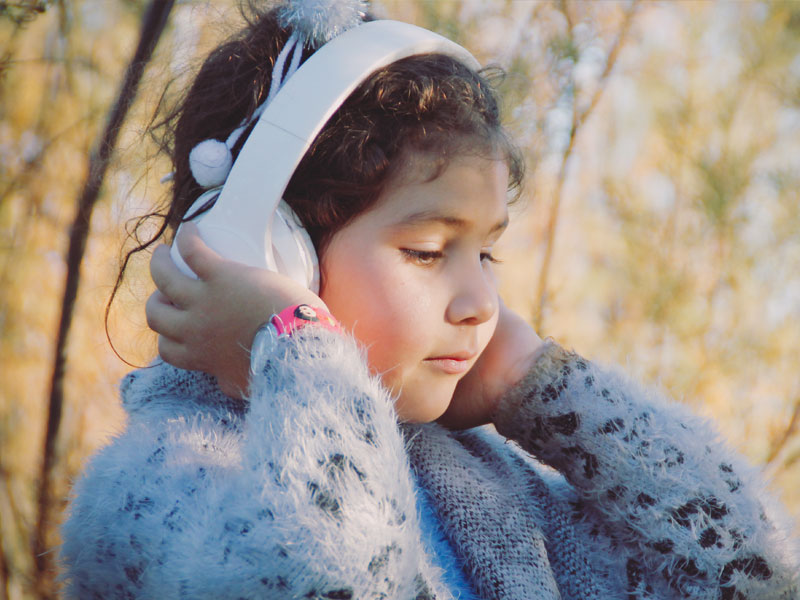Reading Time: 6 mins
19th March 2024
What is the challenge?
You might have heard about a recent, tragic incident involving an 11-year-old boy in Lancashire who lost his life after reportedly taking part in a dangerous trend called ‘chroming’ during a sleepover. Chroming involves inhaling various chemicals like aerosols, nitrous oxide, solvents, and nitrites, also known variously as nangs, nossies, whippets, and bullets. This activity is associated with a euphoric high, but carries potentially fatal risks, including heart and lung damage, as well as harm to brain and behavioural development.
While inhalant abuse is not a new phenomenon, what is particularly concerning is how this trend is spreading globally through social media. A 13-year-old girl in Australia died in 2023, suffering a heart attack after inhaling chemicals from a deodorant can during a sleepover. Similarly, a 14-year-old from Ireland who died after inhaling aerosol is suspected to have been influenced by seeing the challenge on TikTok.
The UK government updated the law on November 8th, 2023, to classify nitrous oxide as a Class C drug, subjecting those who misuse or possess with the intent to misuse it to criminal penalties. However, many solvents abused in chroming, like glue, permanent markers, and deodorant cans, are widely accessible everyday items, so inherently harder to police.
How are children and young people engaging in this challenge?
There are various methods of inhalation that are used when chroming. Therefore, it can be difficult to control the dosage. This danger increases significantly in enclosed spaces or when covering the face with items such as plastic bags.
Source: Design For Change
Why are children and young people engaging in this challenge?
The feeling
Inhalants have unpredictable effects; users commonly report feelings of intoxication, dizziness, laughter and hallucinations.
Thrill-seeking behaviours
Young people are naturally curious. Trends and activities that provide a sense of risk, rebellion or just seem like fun can be appealing.
Media influence
Depictions of chroming in popular media, might contribute to its appeal among young people. Characters spray chrome paint directly into their own mouths before battle in Mad Max: Fury Road to induce a dissociative high.
Peer pressure
Young people may feel pressured to participate in the chroming challenge to fit in with their peers. By not joining in, they may face social isolation or bullying.
Further help and resources
From Safer Schools
Join our Online Safeguarding Hub Newsletter Network
Members of our network receive weekly updates on the trends, risks and threats to children and young people online.














